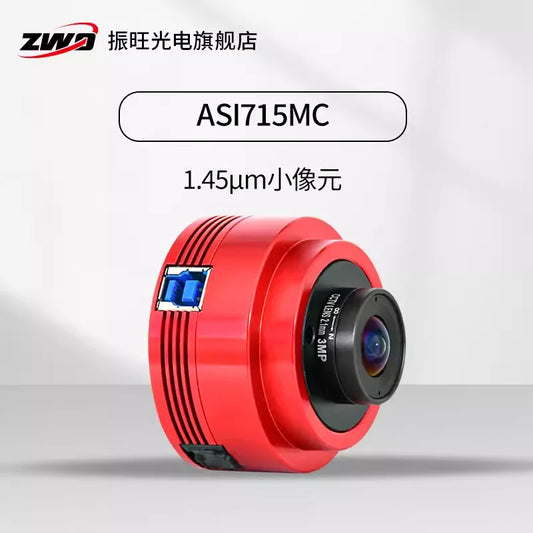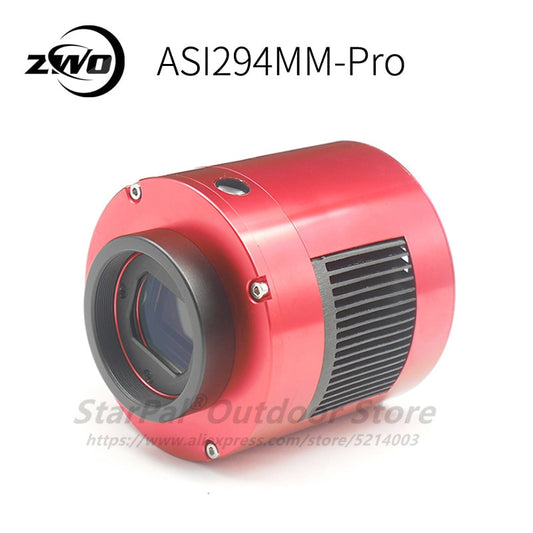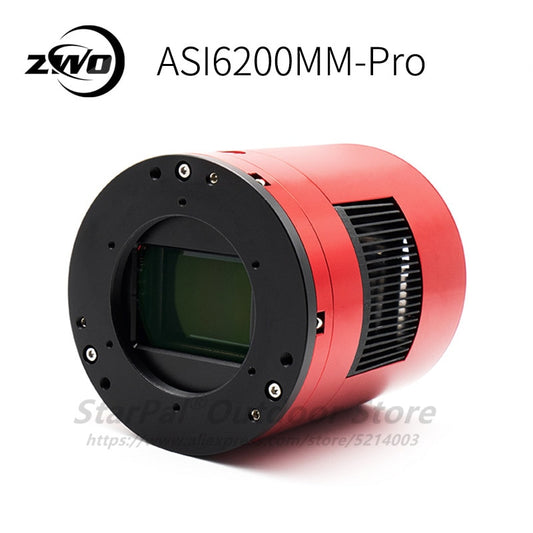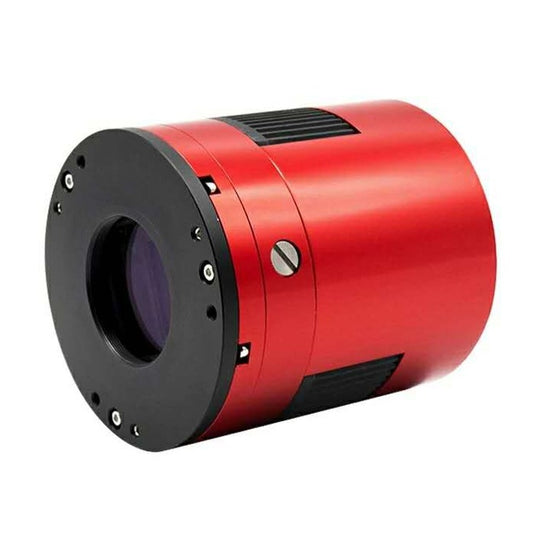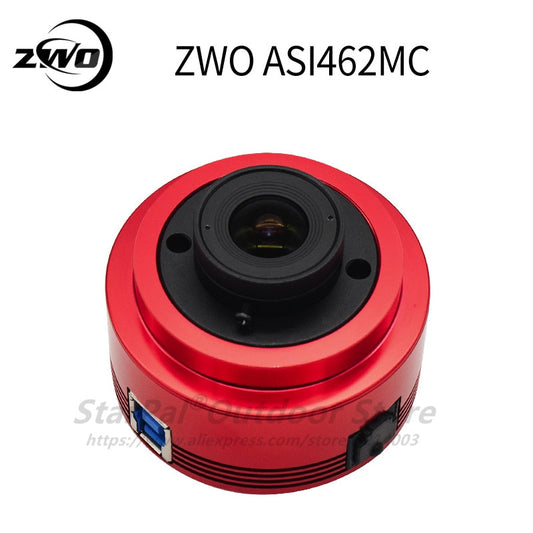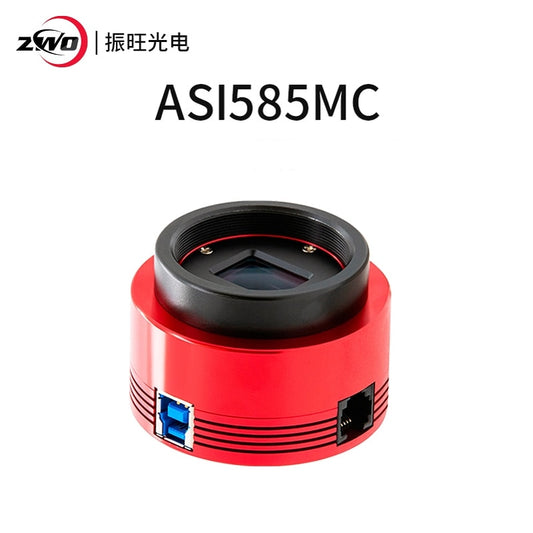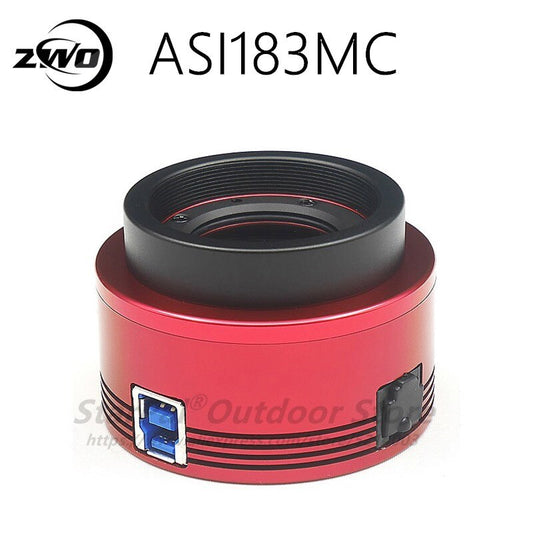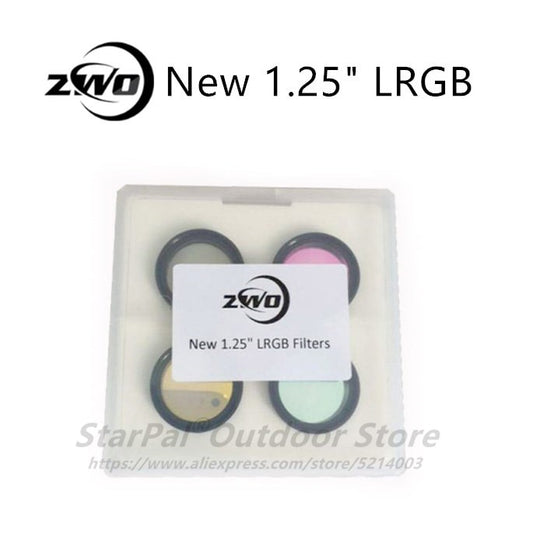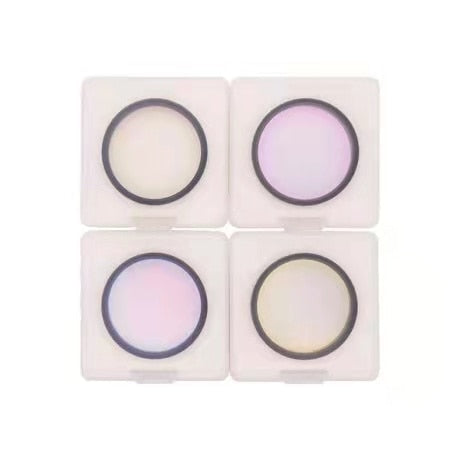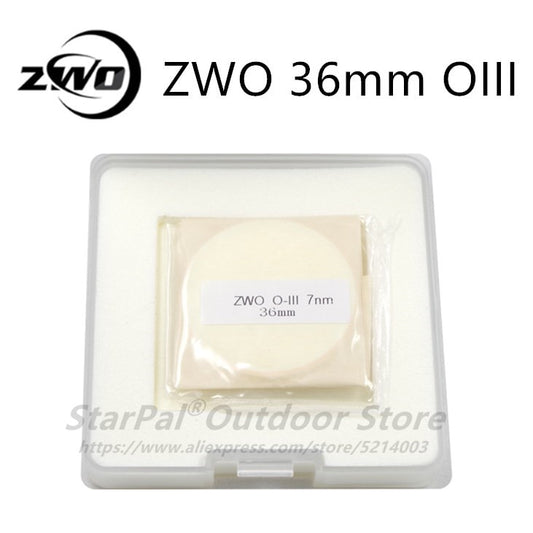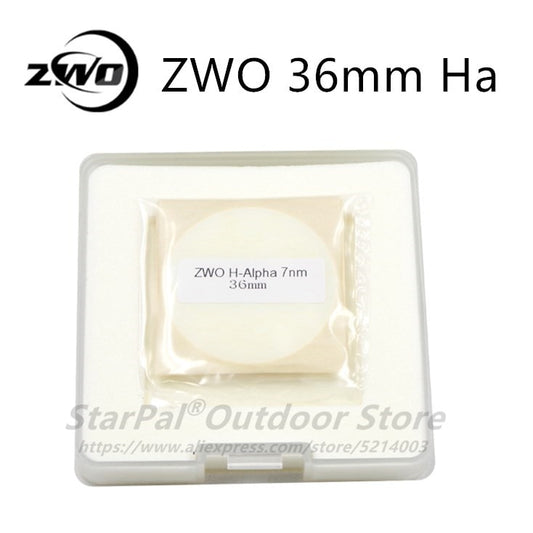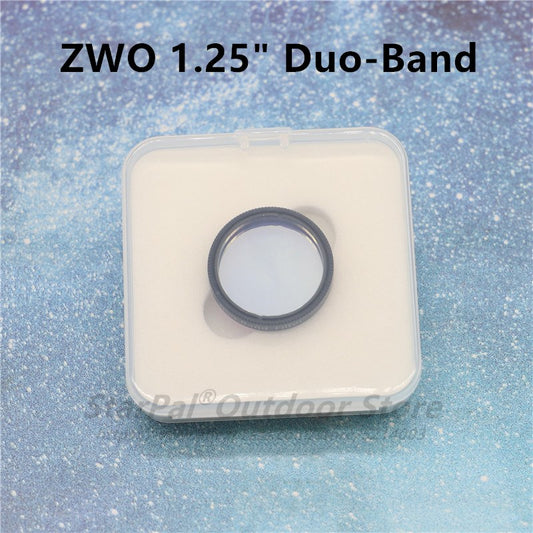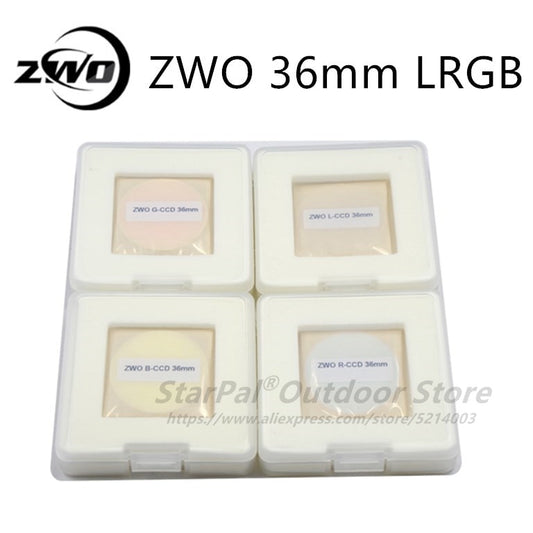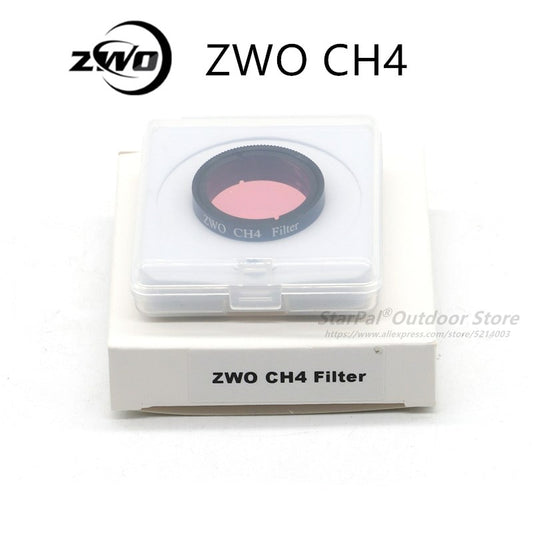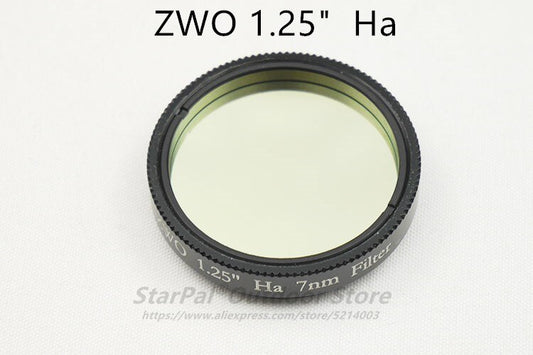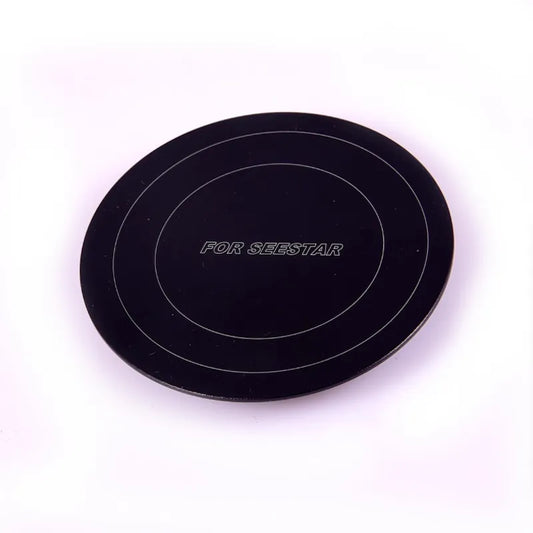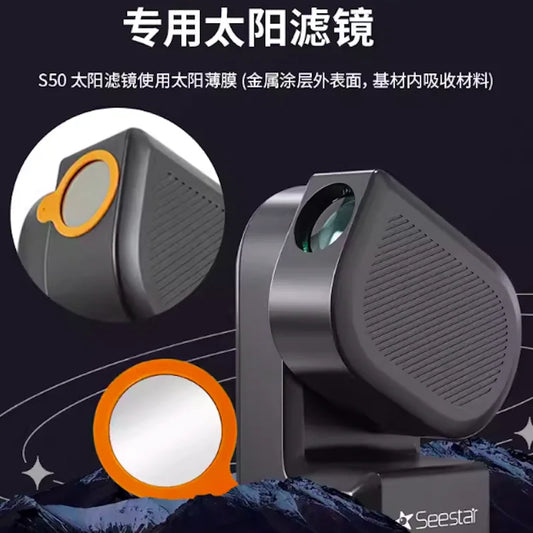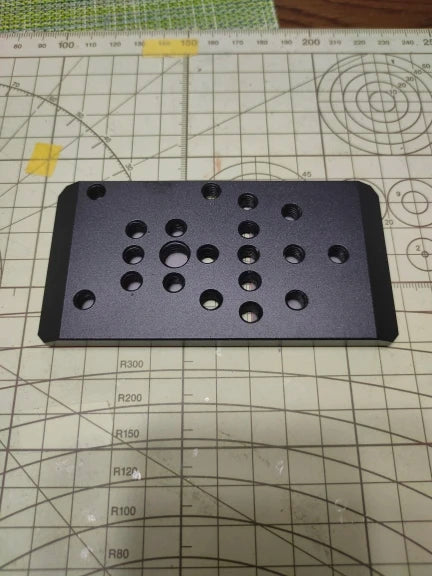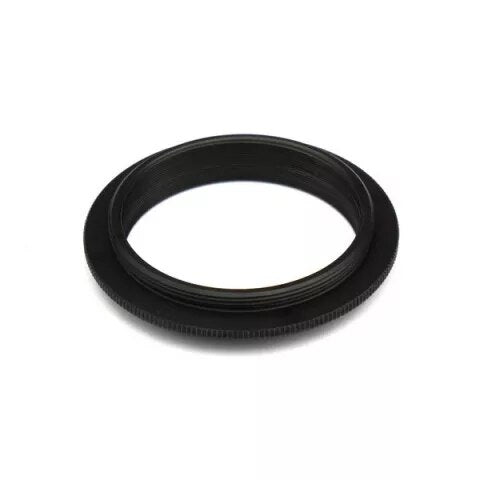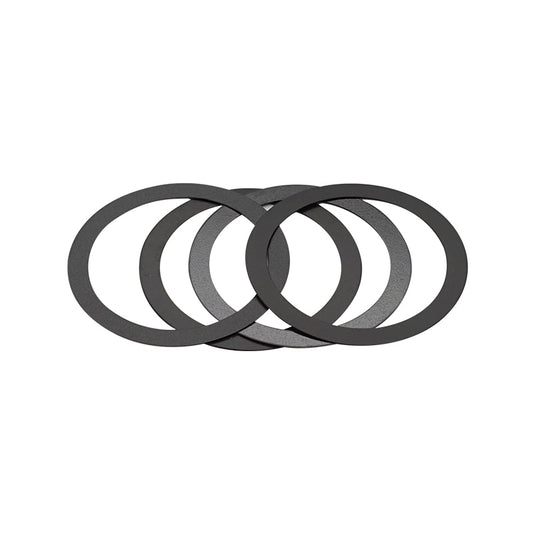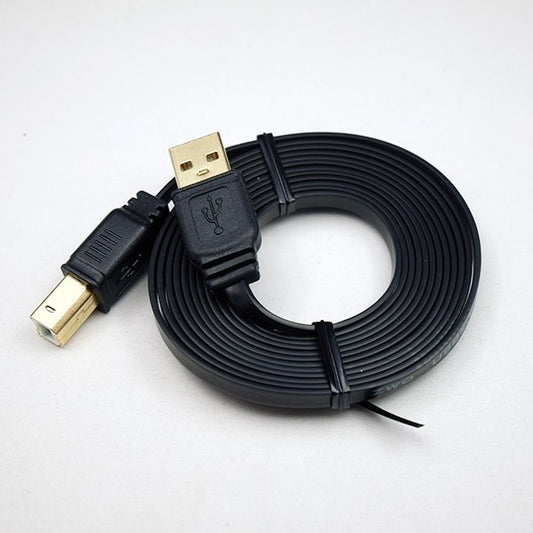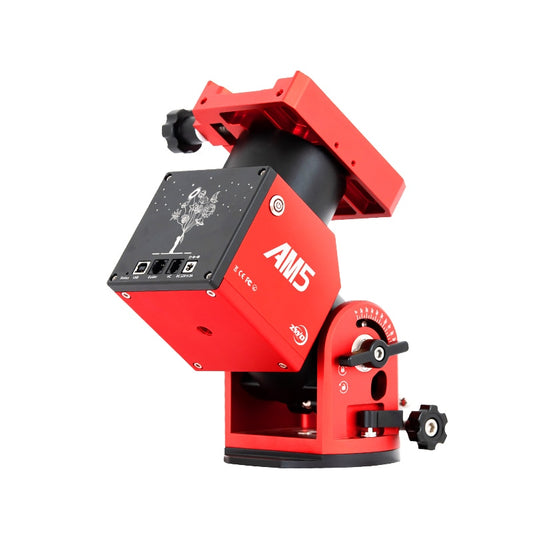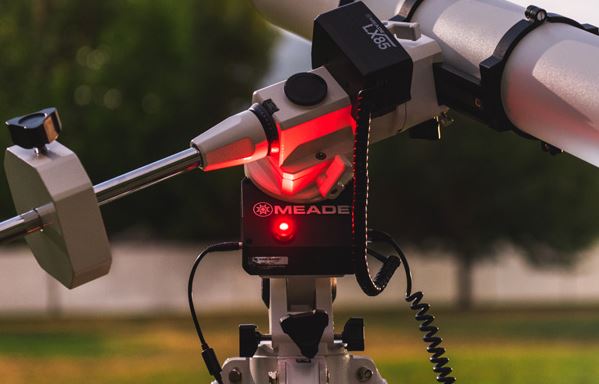Exploring ZWO Duo Band Filter and Optolong L-Enhance: A Comparative Study
Astrophotography enthusiasts are perpetually on the hunt for innovative tools that enhance their ability to capture the celestial wonders. In the realm of narrowband filters, the ZWO Duo Band Filter and the Optolong L-Enhance Filter have garnered significant attention. These filters are designed to enhance the visibility of specific wavelengths of light emitted by nebulae, resulting in stunning astro-images. In this guide, we'll delve into the features, benefits, and nuances that set these two filters apart, helping you make an informed decision about which one aligns best with your astrophotography aspirations.
ZWO Duo Band Filter: Versatility in Capture
The ZWO Duo Band Filter is engineered to provide a versatile solution for astrophotographers seeking to capture both the Ha (hydrogen-alpha) and OIII (doubly ionized oxygen) emission lines. By allowing these two distinct wavelengths of light to pass through, this filter enables photographers to capture both the fiery red hues of emission nebulae and the ethereal blue-green tones of planetary nebulae. Its unique dual-band design makes it an excellent option for those looking to maximize the variety of objects they can image. The ZWO Duo Band Filter's ability to reduce light pollution and emphasize key features in nebulae makes it a valuable tool for both urban and rural astrophotographers.
Optolong L-Enhance Filter: Enriched Color and Detail
The Optolong L-Enhance Filter takes a slightly different approach by focusing on enhancing specific wavelengths of light that contribute to a nebula's natural color palette. Designed to accentuate the Ha, H-beta, and OIII lines, this filter aims to bring out the rich reds, greens, and blues that are characteristic of many nebulae. By isolating these critical wavelengths, the L-Enhance Filter delivers images with heightened contrast and detail, producing astrophotographs with striking colors that remain faithful to the celestial objects' natural appearance. This filter is particularly popular among astrophotographers who prioritize capturing vibrant nebulae in exquisite detail.
Comparing ZWO Duo Band and Optolong L-Enhance Filters
Let's delve into a detailed comparison of the ZWO Duo Band Filter and the Optolong L-Enhance Filter:
| Feature | ZWO Duo Band Filter | Optolong L-Enhance Filter |
|---|---|---|
| Emission Lines | Ha and OIII | Ha, H-beta, and OIII |
| Color Emphasis | Red (Ha) and blue-green (OIII) | Red (Ha), green (H-beta), and blue-green (OIII) |
| Light Pollution | Reduces light pollution | Reduces light pollution |
| Color Fidelity | Versatile color palette | Rich and vibrant natural colors |
| Image Types | Suitable for both emission and planetary nebulae | Focused on emission nebulae |
| Filter Usage | Urban and rural astrophotography | Urban and rural astrophotography |
| Ideal For | Capturing a variety of nebulae | Emphasizing vivid colors and nebular details |
ZWO Duo Band Filter vs Optolong L-Enhance Specs
Here's a detailed comparison of the specifications for the ZWO Duo Band Filter and the Optolong L-Enhance Filter:
| Feature | ZWO Duo Band Filter | Optolong L-Enhance Filter |
|---|---|---|
| Emission Lines | Ha (656.3nm) and OIII (500.7nm) | Ha (656.3nm), H-beta (486.1nm), and OIII (500.7nm) |
| Color Emphasis | Red (Ha) and blue-green (OIII) | Red (Ha), green (H-beta), and blue-green (OIII) |
| Filter Type | Narrowband | Narrowband |
| Filter Width | Available in different widths based on model | Available in different widths based on model |
| Coating Technology | Multi-layer interference coatings | Multi-layer interference coatings |
| Transmission Rate | Ha: ~90% / OIII: ~80% | Ha: ~90%, H-beta: ~80%, OIII: ~80% |
| Blocking | Blocks unwanted wavelengths outside of Ha and OIII | Blocks unwanted wavelengths outside of Ha, H-beta, OIII |
| Substrate Material | Optical glass or synthetic quartz | Optical glass |
| Mount Compatibility | 1.25" and 2" filter mounts | 1.25" and 2" filter mounts |
| Filter Cell Design | Metal filter cell with threads for secure attachment | Metal filter cell with threads for secure attachment |
| Light Pollution | Reduces light pollution for clearer images | Reduces light pollution for clearer images |
| Image Types | Suitable for both emission and planetary nebulae | Focused on emission nebulae |
| Ideal Usage | Versatile for capturing various nebular features | Enhancing natural colors and fine details in nebulae |
| Compatibility | Compatible with a wide range of cameras and telescopes | Compatible with a wide range of cameras and telescopes |
| Anti-Reflection Coating | Multi-layer anti-reflection coatings for enhanced contrast | Multi-layer anti-reflection coatings for enhanced contrast |
| Price Range | Mid-range to higher-end | Mid-range to higher-end |
Optolong L-Enhance vs ZWO Duo Band Filter
The main differences between the ZWO Duo Band Filter and the Optolong L-Enhance Filter revolve around their purposes and the types of light they emphasize.
The ZWO Duo Band Filter is like a cosmic filter. It lets through specific wavelengths of light emitted by nebulae, helping you capture vibrant and detailed images of these celestial wonders. It's a versatile tool that enhances your view of different nebulae by isolating their distinct colors.
On the other hand, the Optolong L-Enhance Filter is a specialist for nebulae. It focuses on enhancing the light emitted by hydrogen-alpha (Ha) and oxygen-III (OIII) nebulae. This filter is great for highlighting the intricate details within these specific types of nebulae, making them pop in your images.
In short, if you want a filter that enhances various nebulae in vibrant colors, the ZWO Duo Band Filter is the way to go. If you're particularly interested in bringing out the fine details in Ha and OIII nebulae, the Optolong L-Enhance Filter is your choice. Your decision hinges on whether you want a versatile tool or one tailored for specific nebular features.
Filtering Through Your Options: Making the Choice
In essence, the choice between the ZWO Duo Band Filter and the Optolong L-Enhance Filter depends on your astrophotography goals and preferences. The Duo Band Filter offers versatility by capturing multiple emission lines, making it suitable for those looking to expand their imaging repertoire. On the other hand, the L-Enhance Filter prioritizes the enhancement of natural colors and fine details in nebulae. Both filters are potent tools that can elevate your astrophotography, but your decision will be guided by whether you wish to capture a broad range of nebular features or emphasize the rich, true-to-life colors of these cosmic marvels. As you embark on your celestial imaging journey, remember that the right filter can make a profound difference in revealing the hidden beauty of the universe.
